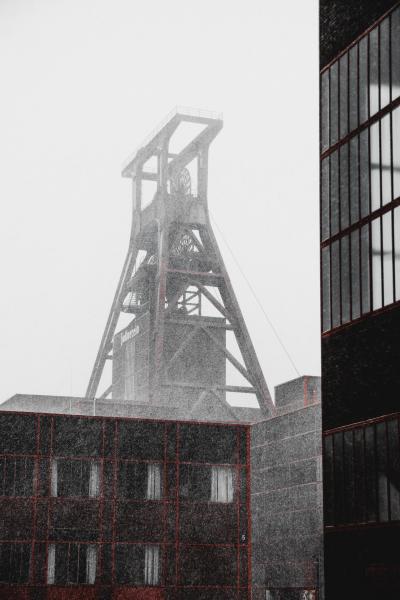
Thanks to her, the city of Zabrza is a great example of a sustainable city that develops economy and innovations, striving to develop post-industrial areas by creating conditions for the inclusion of all categories of citizens, while not forgetting the cultural life and building the region’s identity through historical memory.
Doctor Małgorzata Mańka-Szulik, the mayor of Zabrze, graduated in mathematics from the University of Silesia in Katowice and postgraduate studies in management and information technology. She defended her doctorate at the Pedagogical University in Krakow. She was selected as a non-partisan candidate from the list of the civil committee “Facilitation of Zoberzi”.
She was the initiator of the creation of the first autonomous art school in Poland – the High School of Fine Arts in Zabrze, with which she was associated for years as a teacher and principal. This school is proud of its student awards in national and international competitions.
Zabrze is also famous for its various cultural events. Concerts and events such as: exhibitions are held, among others, in the revitalized tunnel areas, thanks to which these areas teem with life again and create a space for social meetings and active entertainment for the residents of Zabarza. Concerts, workshops, events, conferences – it is difficult to imagine that all this is now taking place in former industrial facilities.
In recent years, Zabrze has maintained a good financial position and ranked high in the ranking of sustainable Polish cities. In 2021, the city ranked 35th in the general classification, 28th in the environment category, and 37th in terms of economy. In 2021, Zabrze also received more than 3.5 million euros in funding from the Norwegian Fund. The goal of the project is to build potential on innovation and medicine, care about integration between different groups of the population, and care about clean air and the environment.
In the ranking of business-friendly cities in the prestigious Forbes magazine monthly, the city of Zabrze was ranked 9th among the cities with a population of 150,000-299,000 inhabitants. population. There is also a small economic zone in Zabrza that is constantly expanding, along with the neighboring infrastructure, which undoubtedly increases the investment attractiveness of Zabrza and its surroundings.
The scope of the president’s activity covers not only the economy and culture, but also the area of historical memory. On December 9, 2021, the historic route was launched at the historic Guido Mine, thanks to which visitors can experience what the miners went through in 1980 after the declaration of martial law in Poland. The purpose of the concerts is to memorialize the victims, including the dead miners.
Another important challenge is sustainable urban transport, which must be not only green, but also PWD-friendly. In the near future, the value of investments for trams will reach 160 million PLN, thanks to which more low-storey trams will appear in Zabrze.
According to the president on Facebook, thanks to the consistent implementation of the transformation process in the mining municipality, the city of Zabrze is often cited as an example of the successful transformation of a heavy industrial center into a population-friendly post-industrial city. The city of Zabrze has already spent more than 300 million PLN on revitalizing post-industrial facilities, the vast majority of which came from external funds. In this way and thanks to the saving of industrial things,
Zbrze is definitely increasing its potential in the field of post-industrial tourism. It should be noted that dozens of such objects were entered in the list of monuments. In October 2021, the city of Zabrze was honored with the main prize of the Marshall of the Province of Silesia for the “Best Public Space”, which was given for the revitalization of the “Old Gas Works” building in Zanda.
Zabrze is an example that, despite the current pandemic, it is possible to take measures that will improve the quality of life of the population. However, this would not be possible without the vision of a green and sustainable city. Building new infrastructure, rebuilding facilities and post-industrial areas, creating favorable conditions for the development of culture, investing in green solutions, activities aimed at deepening the integration of the city community, building new apartments and supporting sports – all this contributes to positive changes for the population. (Peter Sinewski, ISW) ft. Kay Pilger / Pixel







